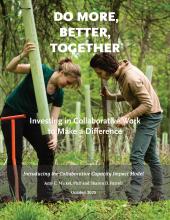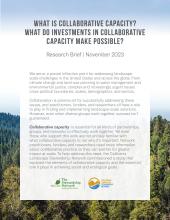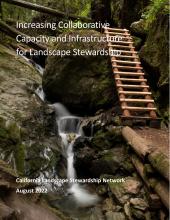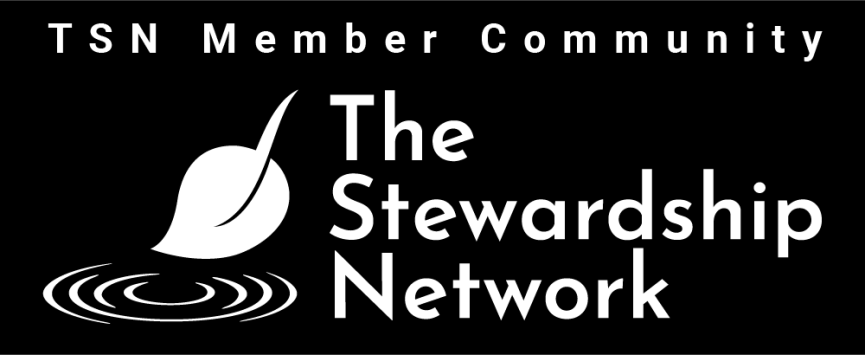Capacity Building
One of the Network's main focus areas is how to build capacity for landscape stewardship by understanding and solving challenges related to operationalizing, funding, and sustaining these kinds of collaborations. While capacity building can take many forms, we have focused on a few key areas.
Collaborative Capacity and Infrastructure
A recent paper looks at what investments in these foundational elements of stewardship work translate into results, and how the Collaborative Capacity Impact Model framework can be used to assess that. Do more, better, together: Investing in collaborative work to make a difference summarizes how this model was recently used to evaluate two grant programs that fund collaborative capacity, and how those investments result in on-the-ground impacts and other positive partnership outcomes.
What Does Collaborative Capacity Make Possible? (and the related research brief), provides an analysis of what collaborative capacity is and how it leads to improved conservation and stewardship outcomes based on expert perspectives gathered from in-depth interviews and focus groups with practitioners, leaders, and funders across the United States.
Increasing Collaborative Capacity and Infrastructure for Landscape Stewardship, published in 2022, provides an overall approach as well as specific recommendations for how state and federal agencies can support the building and sustaining the local and regional collaboration necessary to advance landscape-scale stewardship.
A Partnership Impact ModelTM was developed by researchers studying the One Tam partnership in the San Francisco Bay Area. Lessons learned from this collaborative were used to define key criteria and methods for measuring the impact of other landscape stewardship partnerships. This suite of resources includes the model and case study, as well as a roadmap and evaluation guide.
Our 2018 case study, Capacity Building for Collaboration describes many of these challenges in detail, as well as highlights stories of where networks have been successful at solving them. A summary version of these findings and supporting research are also available.
Collaborative Leadership
One Network initiative that has taken on a life of its own is Collaborating Well™, now a 501(c)(3) nonprofit, that helps people develop the skills and confidence to navigate the complexity of working across geographic, organizational, and cultural boundaries to collaborate for impact. What began as a round table of the California Landscape Stewardship Network has emerged as a full-fledged nonprofit ready to serve our community through training, coaching, mentoring, and peer-learning.
Policy & Funding
Existing funding and legislative systems are not always structured to support and sustain the unique kind of work we do. The Policy & Funding Working Group has taken on communications and policy analyses related to more general capacity building as well as specific policies. We are also exploring how we can adapt funding mechanisms to further support regional stewardship approaches.







